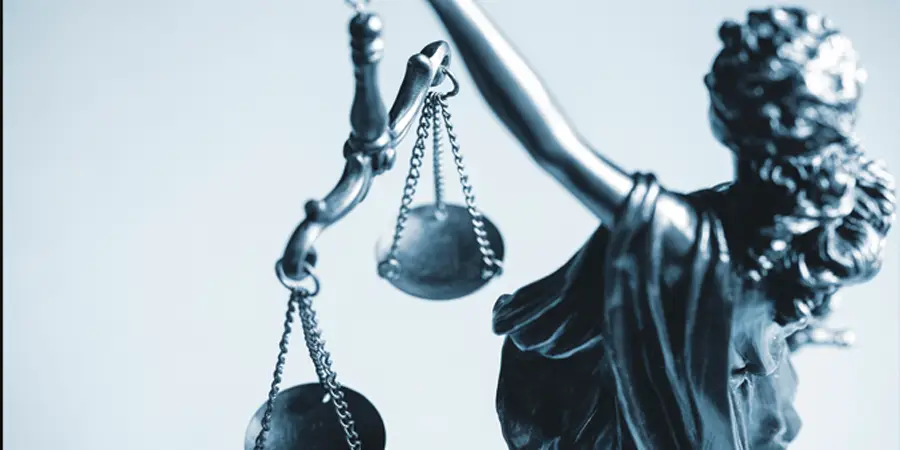Why may India soon become a Mediation powerhouse where role of law schools is paramount?


Origins of Mediation in India:
Mediation is one among various forms of Alternative Dispute Resolution (ADR) mechanisms. In India, it is said that the faculty of Mediation had started as early as the Vedic age. During the earliest days, disputes were said to be decided at the municipal level. It was a resolution in the ‘Panchayat’ that was based upon the decision taken by Panch Parmeshwar acting as the impartial third party. During the Mughal period this form of dispute resolution did not find a lot of usage. The British came to rule India as one of their coveted colonies; this is when Mediation started to be accepted and documented as an official and lawful means of alternative dispute resolution. In the current day scenario, this form of ADR has been portrayed to find immense potential in the days to come. Hence, the position of top law schools, like the one at the NorthCap University, wherein future lawyers of the country are schooled, has been observed to be vital.
Hon’ble Mr. Justice R.C. Lahoti, the then Chief Justice, Supreme Court of India constituted a Mediation and Conciliation Project Committee on 09.04.2005 by an administrative order, under the Chairmanship of Hon’ble Mr. Justice N. Santosh Hegde to oversee effective implementation of mediation and conciliation in country.
Many decades after independence, the honourable Supreme Court of India initiated certain reforms in the judicial system of India. Upon invitation by the then Chief Justice, Hon’ble Mr. Justice A.M. Ahmadi, the Institute for the Study and Development of Legal System (ISDLS) from USA had come to India for a national exchange programme. In this study exchange, the problem of backlogs across hierarchies in the Indian judicial system was identified owing to which certain structural and legislative reforms were suggested. Thus section 89 of the Civil Procedure Code was made to undergo a major change by means of the Code of Civil Procedure (Amendment) Act, 1999. It came into being with effect from 1st July 2002, whereby mediation was envisioned as one of the avenues for settlement of disputes between parties. This major amendment took its final form on the endorsement of Law Commission of India and Justice Malimath Committee. The latter suggested to make it compulsory for the Court to refer the dispute, following the framing of the issues, for settlement either by means of Arbitration, Conciliation, Mediation or Judicial Settlement through the Lok Adalat. In case disputes fail to get resolved through any of the Alternative Dispute Resolution methods, then the matter could proceed further. Hence, it could be seen that Section 89 has been introduced to push for complimentary and unconventional methods of dispute resolution.
Concerns about Mediation:
Individual litigants may be apprehensive about mediation as a substitute to the court system. Such concerns are not unfounded and are often based on fear of being exploited and suspicious of secretive actions. These are also coupled with the sense of comfort, in being familiar with the traditional courts, being uncertain about making decisions about their own benefits, or interested in vexatious litigation or in even delaying the case for economic reasons. Hence some litigants may prefer the lawyer-dominated, public, formal, and evaluative judicial process.
Advantages of Mediation in a country like India:
These impressions are inaccurate for a variety of reasons. First, mediation will not frustrate the preferences of such litigants; indeed, their right to trial will be preserved. An effective mediation process can quickly allay these fears. Litigants involved in the process are much less likely to be exploited. They will quickly understand that the mediator has no power or social control over them or their resolution of the dispute. Second, effective facilitators will gain their trust over time.
Third, if the parties still feel the need for an evaluation of the legal issues, the mediation can be accordingly designed to deliver that service. At times, litigants canbetter save face with members of their family, community, or organization if they can cast responsibility for the result on a neutral third party, and for this group, a strong evaluative process may be appropriate. Surveys of litigants find that mediation receives the highest satisfaction ratings of any dispute resolution process.
Why Mediation is impending and why is it the future?
Judges and the courts did provide the initial momentum toward mediation in countries like the United States, it was undeniably the lawyers’ and law schools’ acceptance of the court’s larger experiment to find improved ways of resolving disputes that had led to speedy and broad acceptance of mediation over there. Institutional convergence and execution hold utmost significance in executing any new endeavour. The customised trainings in the form of well-structured courses at School of Law of the NorthCap University, both at the undergraduate and postgraduate levels, have been designed to serve this very purpose.
Nonetheless, the current upsurge of mediation in Europe and Asia is essentially being steered by large businesses; multi-national corporations (“MNC’s”) are mostly in pursuit of faster, economical and less troublesome modes for settling internal organisational, administrative and stakeholder disputes and outward business differences with global commercial and supply associates. Today, major corporate clients, many of whom have arrived in India predominantly during the aftermath of globalisation, have realised the real worth of mediation and are pushing for it. The wide spectrum of issues and the unlimited scope that it offers, are its main advantages considering India’s diverse situations cutting across issues or locations. Lawyers who may oppose the increased use of mediation in India will likely lose their current standing with the MNC following – current or prospective.
The comprehension of the fact, that mediation is intended to simply complement and not substitute for the judicial process, is highly adaptable to different contexts and that its competence in India is presently fast mounting, is paramount for quickly dispelling the hesitations that may have gathered until this day.
Authored By
Dr.Tapobrata Pakrashi
Assistant Professor (Selection Grade)
School of Law
